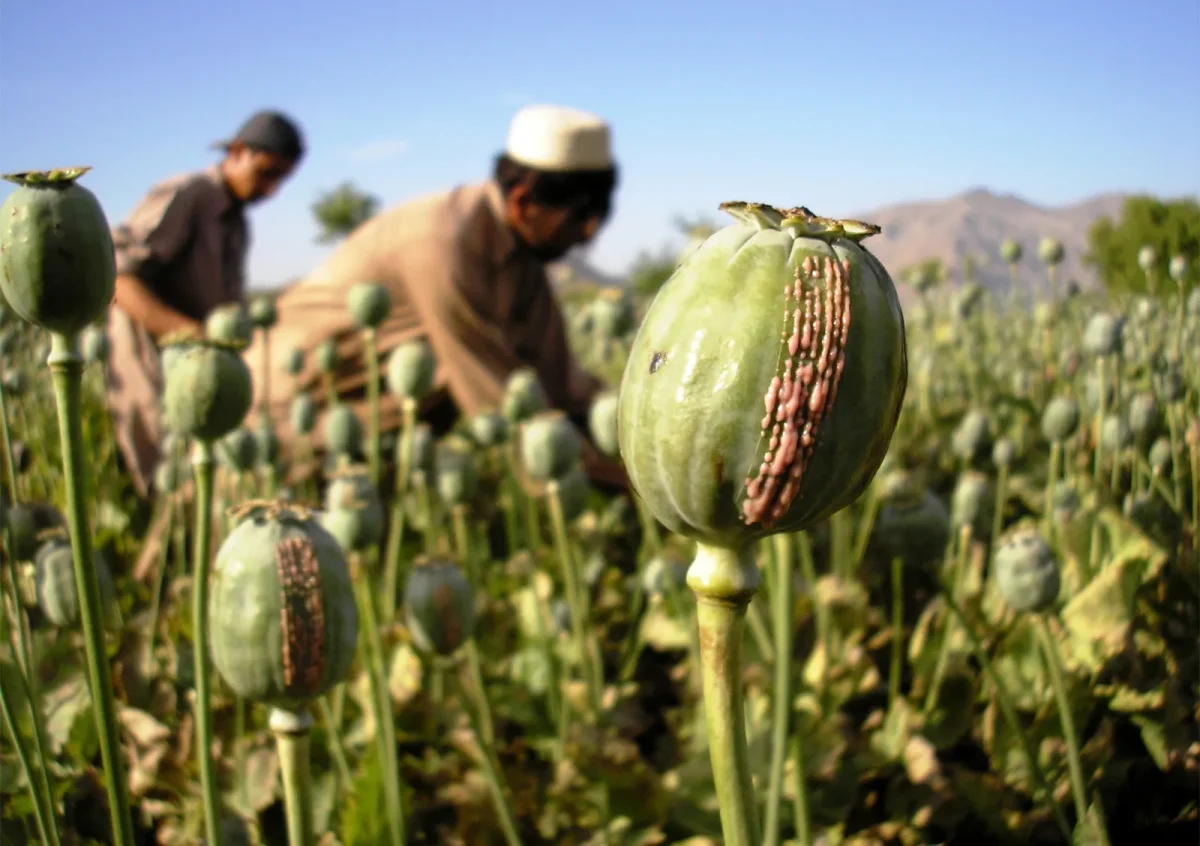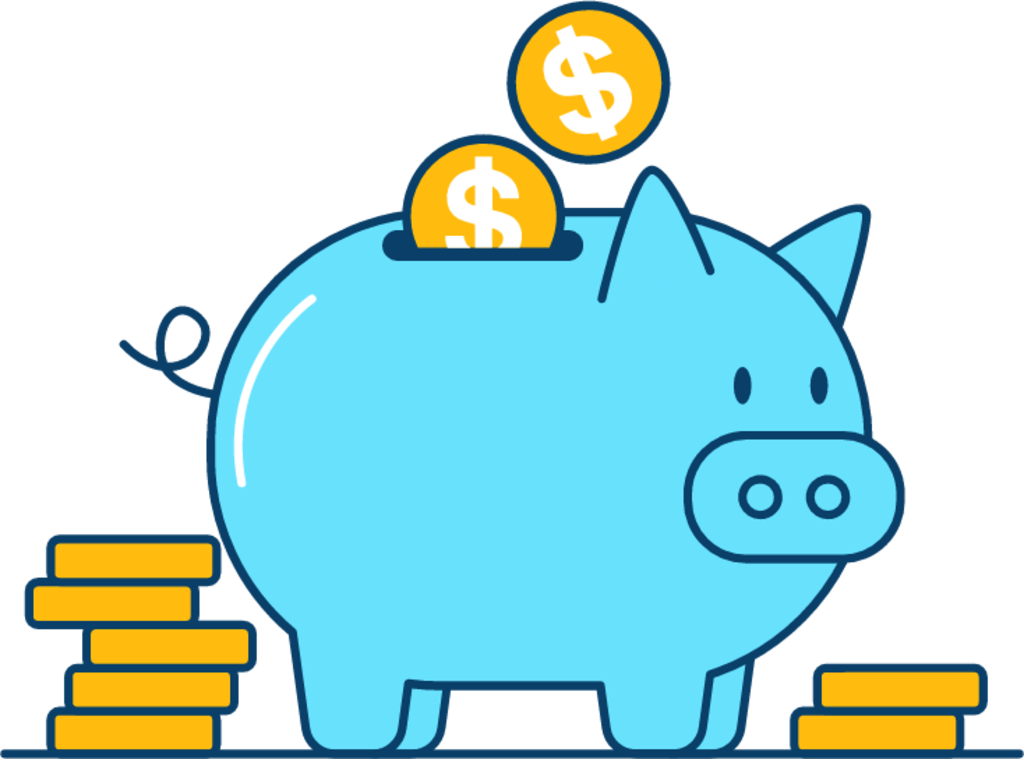Since ancient civilizations, drug use provides limited satisfaction to the human body, ranging from opioids to antidepressants. Although drugs create a sense of euphoria and pain relief, they cause major effects on your body and deeply impact your healthy body systems. Opium is derived from the opium poppy seeds. It’s an opioid that suppresses pain and cough and is used as an induced anesthetic. But when it’s abused, it can lead to obsession. Opium is also referred to as Chinese Molasses, Midnight Oil, Aunti Emma and more, which are heavily derived from its use throughout history and its prominent versatility as an ancient medicine.

So, how is it administered? It can be administered in multiple ways, such as smoking, through an injection, pills, or simply raw, straight from the plant itself. During the Opium Wars, the Chinese heavily smoked opium during the mid-1800s due to British interference with the country. Because they regularly abused it and imports were commonly transported in large amounts, the country became heavily addicted to this substance, just like many other people in the U.S. Opium can be made into other opioids such as heroin, morphine, codeine and oxycodone. As stated by the CDC, approximately 8.6 million Americans reported an overdose or misuse of opioids in 2023, and 3-12% of people who are prescribed opioids for pain relief become addicted. In both 2021 and 2022, adults aged 35–44 had the highest rate of opioid abuse compared to those 15 and older, and adults aged 65 and older had the lowest. According to the American Psychiatric Association, in 2022, 110,000 Americans died of drug abuse, and 80,000 were due to opioid abuse. For the last decade, there has been a 400% abuse increase of opioid drugs.
What are some other things that opium does to your body, and how does it react to them? Well, firstly, opium tells your brain to release ‘feel-good hormones,’ specifically endorphins. The hypothalamus and pituitary glands manage the chemical reactions of the brain’s responses to hormone release. The hypothalamus is in charge of signaling the pituitary gland to produce, store, and release endorphins into your bloodstream to, in return, make you feel better (taa-daa)! Although you could also activate this hormone by doing simple activities like exercising, intercourse or simply eating, people who struggle with depression, anxiety or such tend to hyperfixate on opium to alleviate their physical and mental pain. Common symptoms of opium abuse include higher pain sensitivity, decreased libido, chronic constipation, complications with your digestive system, small pupils and slurred speech. To take it further, you’d have to deal with constant stomach pain, weekly seizures, a lack of mucus in your nasal cavity in addition to your mouth, and repeated loss of consciousness. These issues could further extend to Opium Use Disorder, which means you become heavily dependent on opioids. And the more and more you consume, the higher your tolerance gets and the higher your dosage becomes. If you make the habit of abusing this drug during pregnancy, you’d eventually fall into a higher risk of pregnancy loss or stillbirth. And if you do make it, your baby will live with complications. Plus, you deal with muscle inhibitions, possible comas, and a classic: death.
So, hey, how do I get better from all this opium abuse? So glad you asked! You could try various therapy methods such as counseling, talking to sponsors and drug detoxification! Just a disclaimer, though, withdrawal symptoms aren’t the best. As teenagers, we barely sleep, but it’ll get even worse when dealing with symptoms such as chronic insomnia, or constant vomiting, continuous sweating, anxiety, tachycardia, diarrhea, even more stomach pain and onset of depression. When you’re taking opioids, be mindful of the effects of overdose they cause throughout your body.









